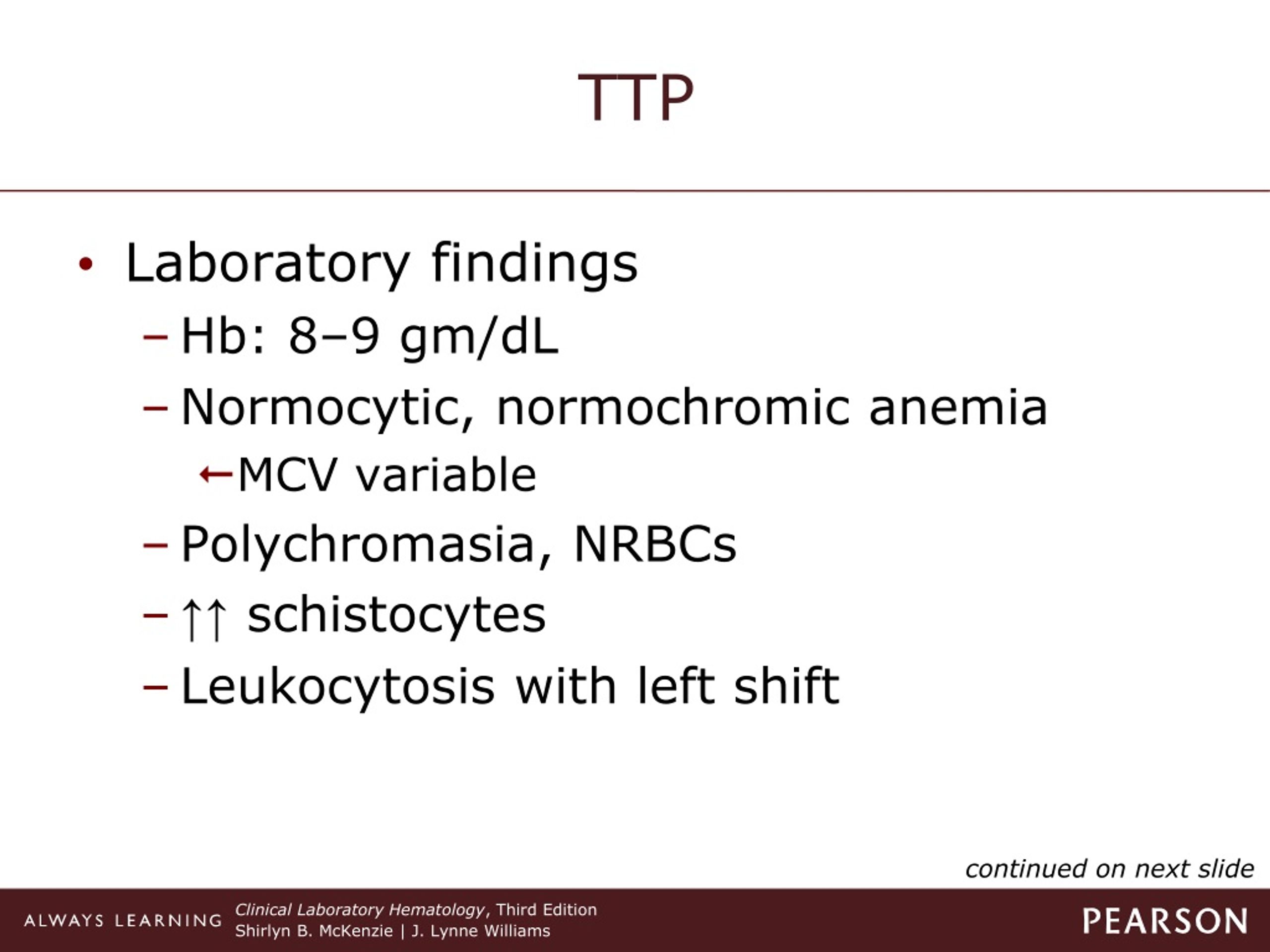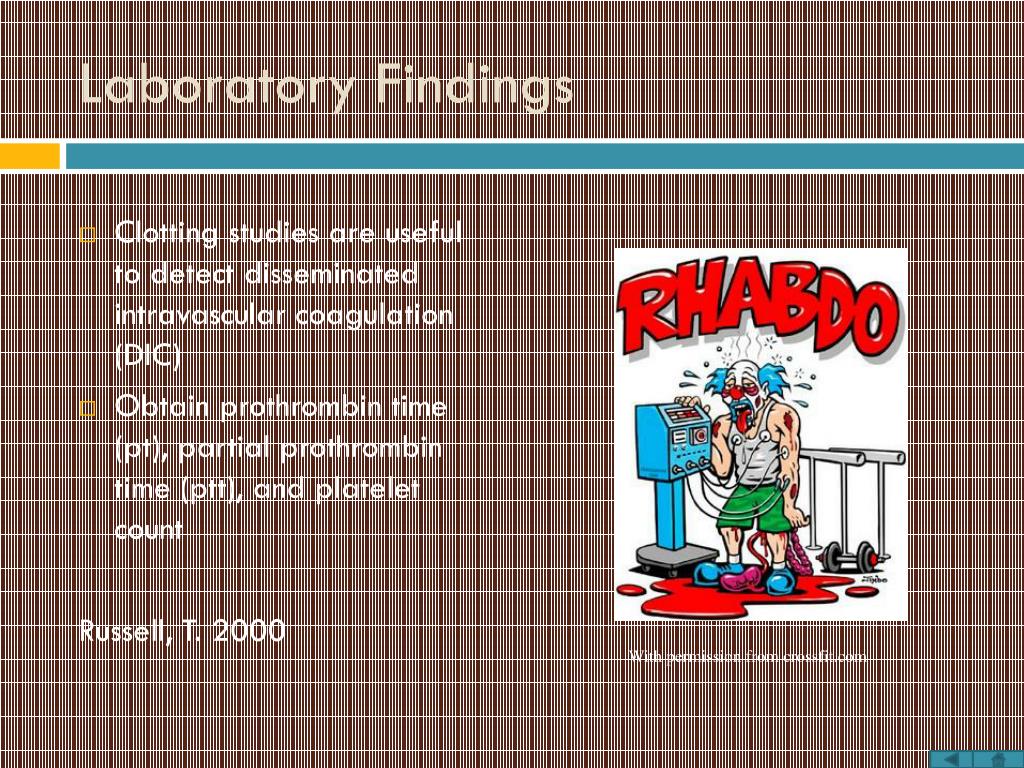

The ISTH scoring system includes evaluation of PT prolongation. Clotting Timesīecause of the consumption of coagulation factors, PT and activated partial thromboplastin time (aPTT) are prolonged in most cases of DIC, although normal or shortened PT and aPTT may also be observed in patients with DIC because of circulating activated clotting factors early in the course of DIC or in chronic DIC. Fibrinogen remains a component of the ISTH scoring system and can contribute to the overall clinicopathologic picture. Repeated, sequential measurement of fibrinogen concentrations may provide additional diagnostic information. Fibrinogenįibrinogen is an acute phase reactant and, despite its ongoing consumption, can remain at normal concentrations for a long time after DIC onset. Repeated, sequential measurement of D-dimer concentrations, to capture evolving illness, may provide additional diagnostic information in patients when there is a high clinical suspicion for DIC but the initial D-dimer value is normal or not elevated to the DIC range. A normal D-dimer level has excellent negative predictive value and generally excludes a diagnosis of DIC. In these conditions, the elevations are usually milder than those seen in DIC. D-dimer concentrations are increased in patients with overt and nonovert (chronic) DIC however, D-dimer elevation may also occur with trauma, venous thromboembolism, or other conditions. D-dimer measurement is the best single laboratory test for DIC diagnosis but is not used in isolation. D-Dimerĭ-dimer is a product of the plasmin degradation of fibrin cross-linked by factor XIIIa (FXIIIa) D-dimer is only produced if thrombin, FXIIIa, and plasmin are active. In the early stages of DIC, or when there is significant acute phasing of platelets due to illness, the platelet count may be normal. Moderate to low thrombocytopenia (platelet count of 50-100 k/µL) is observed in the majority of patients with DIC, although severe thrombocytopenia (platelet count of <50 k/µL) may also occur. Low platelet count is a key laboratory finding in DIC however, it is not a specific feature of DIC and may be seen in other conditions. The nonovert DIC scoring system described below is appropriate for patients with an underlying disorder known to be associated with DIC use repeat testing to determine a patient’s evolving score. There are also nonovert (chronic) forms of DIC that have more subtle coagulopathy. Nonovert Disseminated Intravascular Coagulation Repeat testing is important to monitor the dynamic progression of DIC. A score of ≥5 is compatible with overt DIC. This scoring system is appropriate for patients with an underlying disorder known to be associated with DIC. The ISTH has developed a scoring system to aid in the diagnosis of overt DIC using laboratory testing results. Criteria for Diagnosis Overt Disseminated Intravascular Coagulation Laboratory testing for DIC is appropriate in patients with bleeding or microthrombi in combination with an associated DIC risk factor, including sepsis, obstetric disease, malignancy, and liver disease. Laboratory findings suggestive of DIC include a low platelet count, elevated D-dimer concentration, decreased fibrinogen concentration, and prolongation of clotting times such as prothrombin time (PT).

Diagnosis of DIC involves a combination of laboratory tests and clinical evaluation. DIC is associated with numerous illnesses and conditions such as sepsis and trauma. Additionally, cross-talk via cytokines promotes activation of inflammatory and complement activation pathways. In addition to this fibrin formation, DIC is characterized by excessive thrombin generation with widespread microvascular thrombosis, which can lead to multiorgan ischemia and consumption of platelets and coagulation factors. The activation of coagulation pathways results in extensive formation of intravascular fibrin, especially in small and midsize vessels. It can originate from and cause damage to the microvasculature if the damage is sufficiently severe, organ dysfunction can result. Disseminated intravascular coagulation (DIC) is defined by the International Society of Thrombosis and Haemostasis (ISTH) as an acquired syndrome characterized by the intravascular activation of coagulation without a specific localization and arising from different causes.


 0 kommentar(er)
0 kommentar(er)
